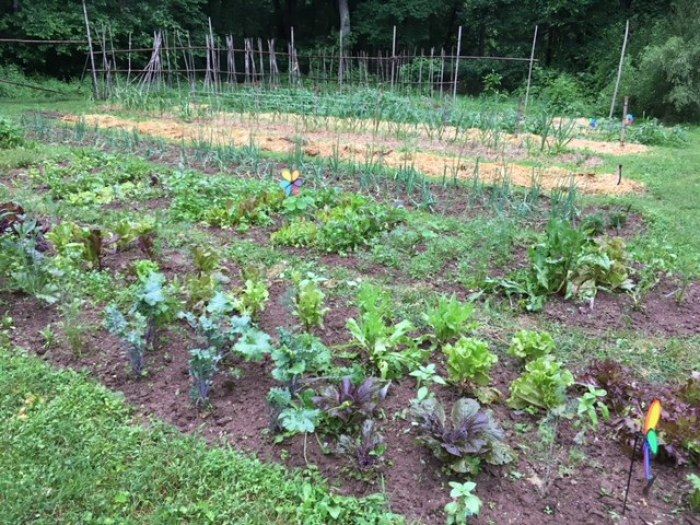
We have had lots of rain here in my Maryland, zone 7 garden. And with the rain, the weeds and grass have grown in leaps and bounds–way bigger than all of the carefully planted vegetables, herbs and flowers. I quote Shakespeare here: “Sweet flowers are slow and weeds make haste.” So I spent the last three days weeding, which gave me lots of time to reflect on the subject…
We’ve all heard weeds described as “any plant that grows in the wrong place“. Actually, some plants that we purposefully plant one year can become weeds the next year if allowed to go to seed. Merriam Webster defines weed (noun): (1) a plant that is not valued where it is growing and is usually of vigorous growth; especially: one that tends to overgrow or choke out more desirable plants (2) a weedy growth of plants. weed (verb) to remove weeds from (an area of land, such as a garden) first uses 12th century; origin Middle English from weod weed, herb; akin to Old Saxon wiod weed.
Probably the most tenacious weeds in my garden are grasses, especially crabgrass; bindweed, ragweed, pigweed, hairy Galinsoga and perilla. These are the plants that I battle daily during the growing season and have to remove the most often, in order to maintain some semblance of order in the garden to allow the cultivated vegetables, herbs and flowers to grow and mature.
And then there are plants that are referred to as wild weeds… that are wonderfully delicious food and medicinal plants. These plants are often called potherbs which I harvest to eat; when they are invading the garden and I can’t eat all of them, then I apologize and remove them and they go on the compost heap to be returned to the earth eventually. I am fortunate to have an overabundance of dandelions, violets, chickweed, mustards and cresses, wild sorrel, lambsquarters and more–all of which I eat a lot of and preserve–however I do remove these plants when they are encroaching the space of cultivated plants or taking up too much garden space.
I find it easiest to weed in between plants, standing with a long-handled weeder or a hoe. That said, I am more often on the earth on my knees or rearend using my bare hands to get close around a plant, or with a hand weeder for in between, or my hori hori for stubborn, deep roots. This gardener’s overused knees do not put up with much kneeling, even with a rubber kneeling pad, and so I have begun using a ball to sit upon.
It is not a large exercise ball and not a small schoolyard ball–it is a medium-sized ball that is just right. I pulled it out of one of those huge, wire ball holders that you see at the box stores and even the grocery, they are inexpensive and fun to bounce. I guess you could go to a sporting goods store and buy a smaller exercise ball that would be sturdier, though mine has been around since last year and I still haven’t popped it. Take one out and sit on it to try it out–it shouldn’t be so big that you have to lean over too far to weed–and it shouldn’t be so small that you are squatting too low and it isn’t easy/comfortable to sit on and roll. I sit on the ball and roll down the row as I weed and I do not have to get up and down–it works great for me (although one does need to be somewhat coordinated)–you have to sort of get a scooching technique going.
Once weeded, the garden looks so tidy–and then it is almost time to start over again because the weeds grow so fast in bare soil. Therefore it is essential to mulch. I use wheat straw because it comes form the farm next door. Wood mulch is fine for shrubs and trees and perennials, however it is too acid for vegetables and herbs and edible flowers.
Right at this moment, it seems that we have taken back the garden–it is weeded and mulched–however just wait…
Recently, Hudson Valley Seed posted this article on weeding: https://hudsonvalleyseed.com/blog/6-tips-for-summer-weeding/?utm_source=Hudson+Valley+Seed+Company+E-Mail+List&utm_campaign=dd1a77584b-EMAIL_CAMPAIGN_2018_01_10_COPY_01&utm_medium=email&utm_term=0_bb3d09aa7e-dd1a77584b-186638569.
There is a wonderfully informative 36-page pamphlet put out by https://ecommons.cornell.edu/handle/1813/3618 go here and click on “Weed Control for the Home Vegetable Garden” to download the pdf. It is well worth the read.
Fine Gardening Recommended Products

ARS Telescoping Long Reach Pruner
Fine Gardening receives a commission for items purchased through links on this site, including Amazon Associates and other affiliate advertising programs.

Chapin International 10509 Upside-Down Trigger Sprayer
Fine Gardening receives a commission for items purchased through links on this site, including Amazon Associates and other affiliate advertising programs.
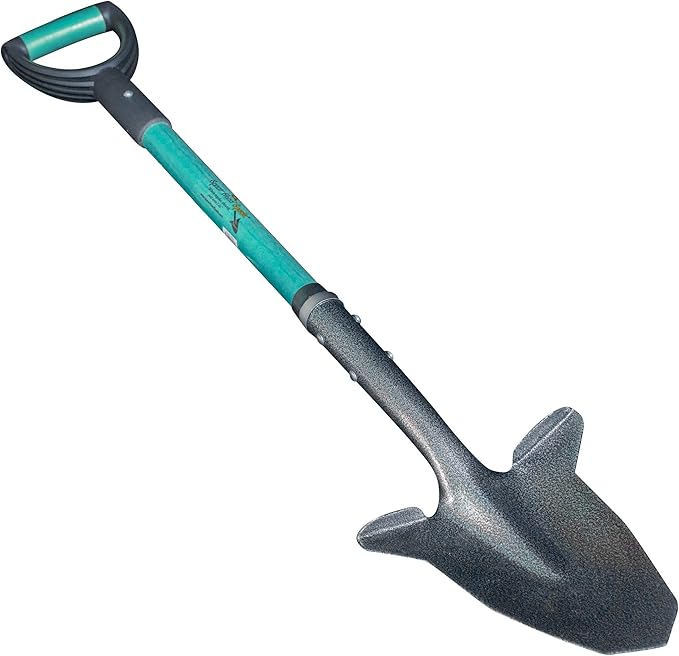
Spearhead Shade Gardening Shovel with Steel-Reinforced Fiberglass Handle
Fine Gardening receives a commission for items purchased through links on this site, including Amazon Associates and other affiliate advertising programs.


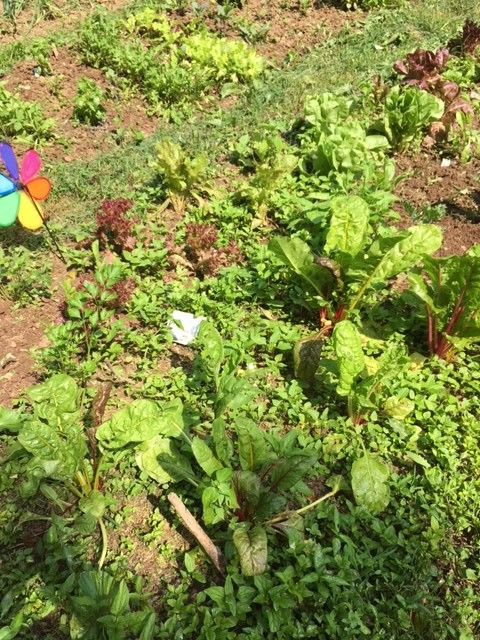
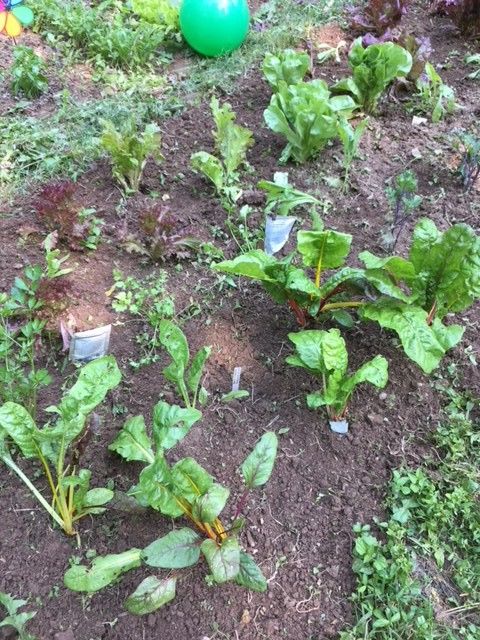
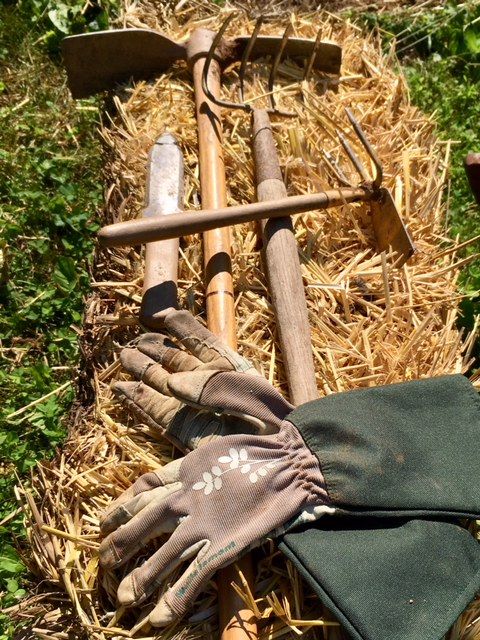
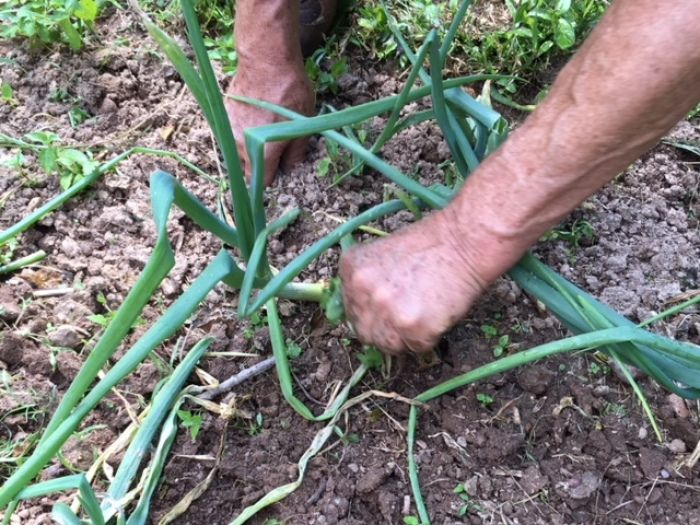
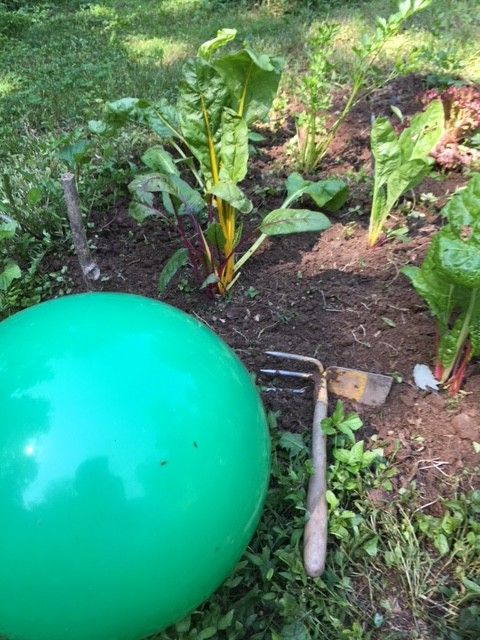
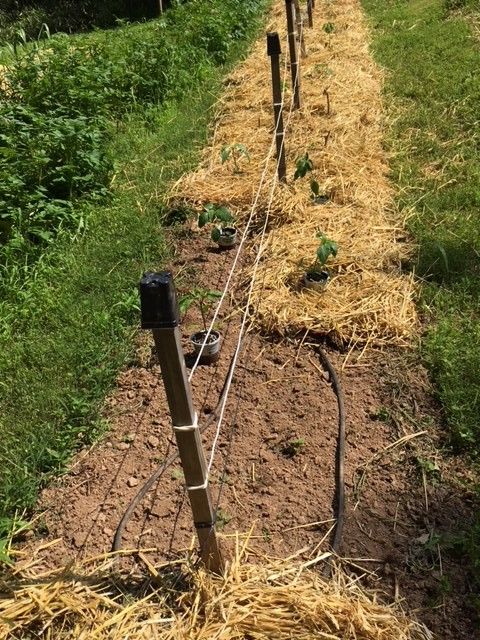
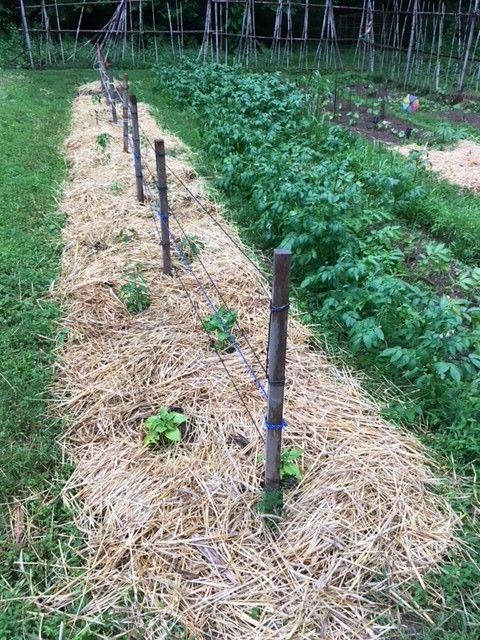
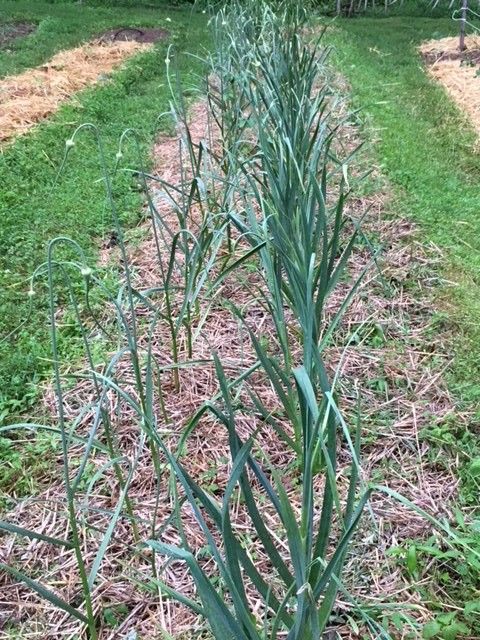

















Comments
Log in or create an account to post a comment.
Sign up Log in